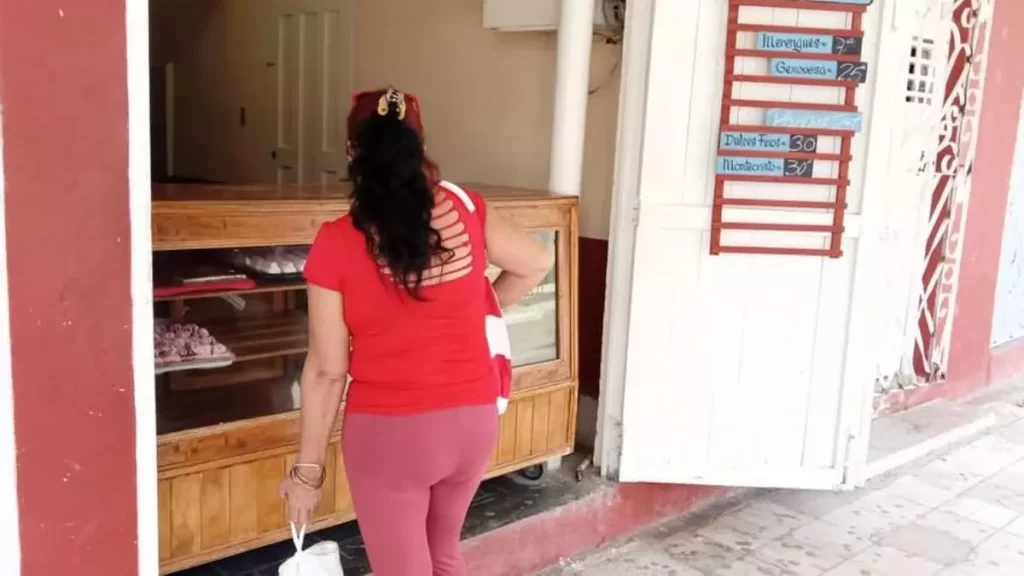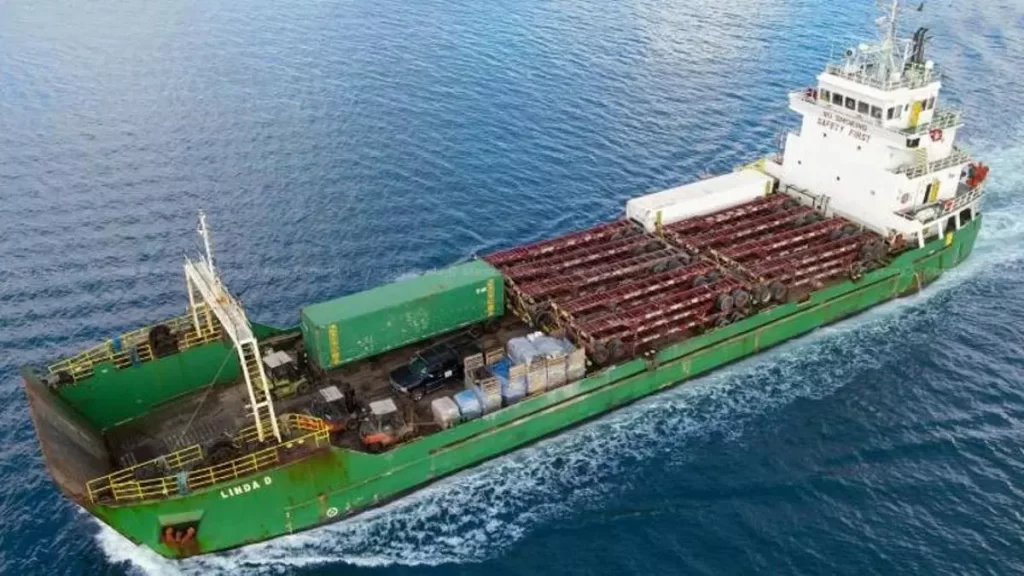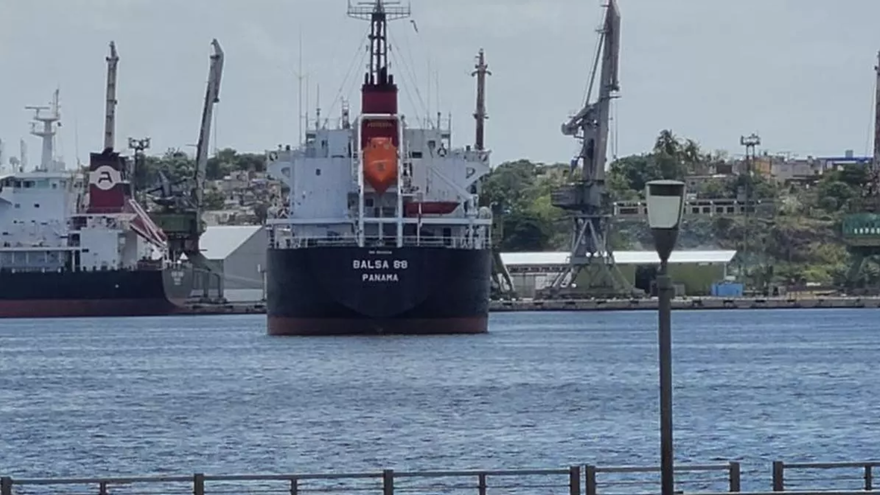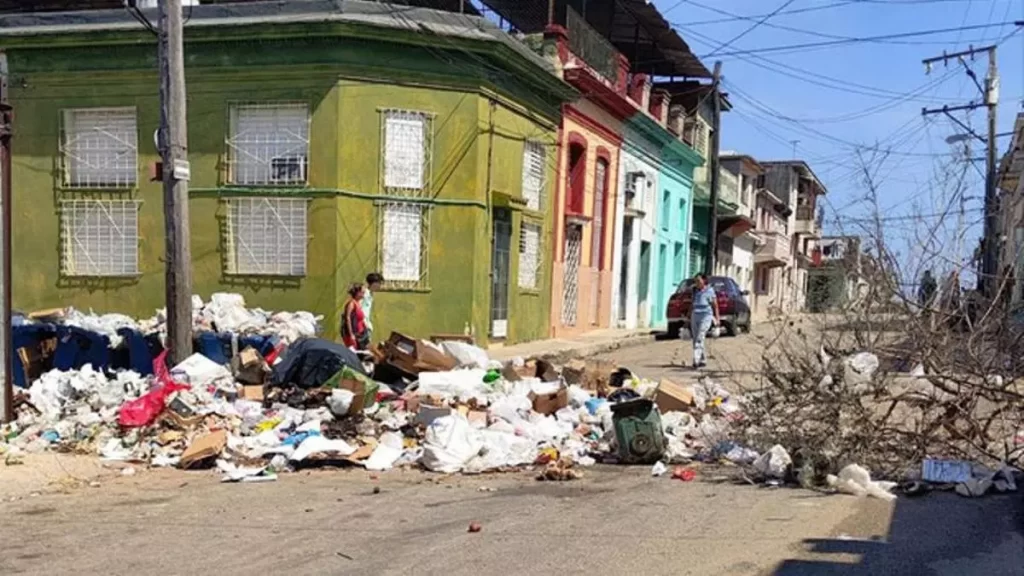Sonia explains how the ‘balita’ — gas canister — business works in Sancti Spíritus, Cuba

![]() 14ymedio, Mercedes García, Sancti Spíritus, 13 April 2024 — The first time the seller brought Sonia a balita (cooking gas cylinder) that wasn’t hers, so that she “could cook for a few days,” she was uncomfortable but accepted it. A resident of Sancti Spíritus, retired, with two grandchildren for whom she frequently prepares lunch, it took her a while to understand how the “business” worked: postponing the deadline for returning the deposit – and with a smile on his face – the courier used the empty cylinder to sell gas on his own. The business is more effective the more cylinders the courier has. If the cycle is kept alive, the cylinders go from hand to hand, and the dealer will be able to shorten the waiting times and attract less attention from his customers. If something fails, there are always “tricks,” Sonia explains, like telling a sob story so that the person doesn’t lose patience.
14ymedio, Mercedes García, Sancti Spíritus, 13 April 2024 — The first time the seller brought Sonia a balita (cooking gas cylinder) that wasn’t hers, so that she “could cook for a few days,” she was uncomfortable but accepted it. A resident of Sancti Spíritus, retired, with two grandchildren for whom she frequently prepares lunch, it took her a while to understand how the “business” worked: postponing the deadline for returning the deposit – and with a smile on his face – the courier used the empty cylinder to sell gas on his own. The business is more effective the more cylinders the courier has. If the cycle is kept alive, the cylinders go from hand to hand, and the dealer will be able to shorten the waiting times and attract less attention from his customers. If something fails, there are always “tricks,” Sonia explains, like telling a sob story so that the person doesn’t lose patience.
When this happens, even the most skillful of dealers must get their act together and knock on all the doors. They have to go to the point of sale, to state employees or to emergency reserves, such as the provisional balita that Sonia received. Time is, like in no other profession, gold.
“A neighbor explained to me what was happening, and I changed couriers,” says Sonia. “He started well. He arrived at eleven in the morning and returned with the balita at eleven thirty. But it began to take longer and longer, until he brought me that one from his home. I told my neighbor, and what happened happened.” continue reading
“He started well. He arrived at eleven in the morning and returned with the balita at eleven thirty. But it began to take longer and longer”
Now, she hopes that the person who is filling his orders will not fail him. The last time she went to look for the gas herself – several days ago – using the Ticket application, the experience in line was overwhelming. “I returned with a headache,” she says. She had booked an appointment with the application since the beginning of February.
Her pension of just over 2,000 pesos is not enough for Sonia to pay a “high rank” courier, who for 1,000 pesos makes his way quietly in the line and, through contacts, gets a privileged position. The line was a “disgrace, a disaster,” says Sonia, who saw twenty people ahead of her who, she knew, had already taken their turns a few days before.
“They sold 20 places in line ‘on the left’ and gave them the balitas. The line, if you do it by Ticket, doesn’t move. Where did they get those 20 positions from, if I bought my turn in February?” she asks. Between the crowd and the corruption, Sonia’s case is frequent among Cubans who must go through official channels – or by “economic” means, such as hiring cheaper and unreliable couriers – if they want to acquire a gas cylinder.
If they are lucky they will make money, but often even that is not enough. On the other hand, in Holguín, 14ymedio found, the lines to buy gas are formed in the usual way: you buy on a first-come, first-served basis. Virtual platforms have been inactive for more than a month.
But from Pinar del Río to Guantánamo, the same law prevails: fighting for a turn in line is only the first step. Then comes the sun – more inclement as the summer approaches – and the endless wait among overwhelmed young and elderly people who threaten to faint at any moment.
Translated by Regina Anavy
____________
COLLABORATE WITH OUR WORK: The 14ymedio team is committed to practicing serious journalism that reflects Cuba’s reality in all its depth. Thank you for joining us on this long journey. We invite you to continue supporting us by becoming a member of 14ymedio now. Together we can continue transforming journalism in Cuba.



















